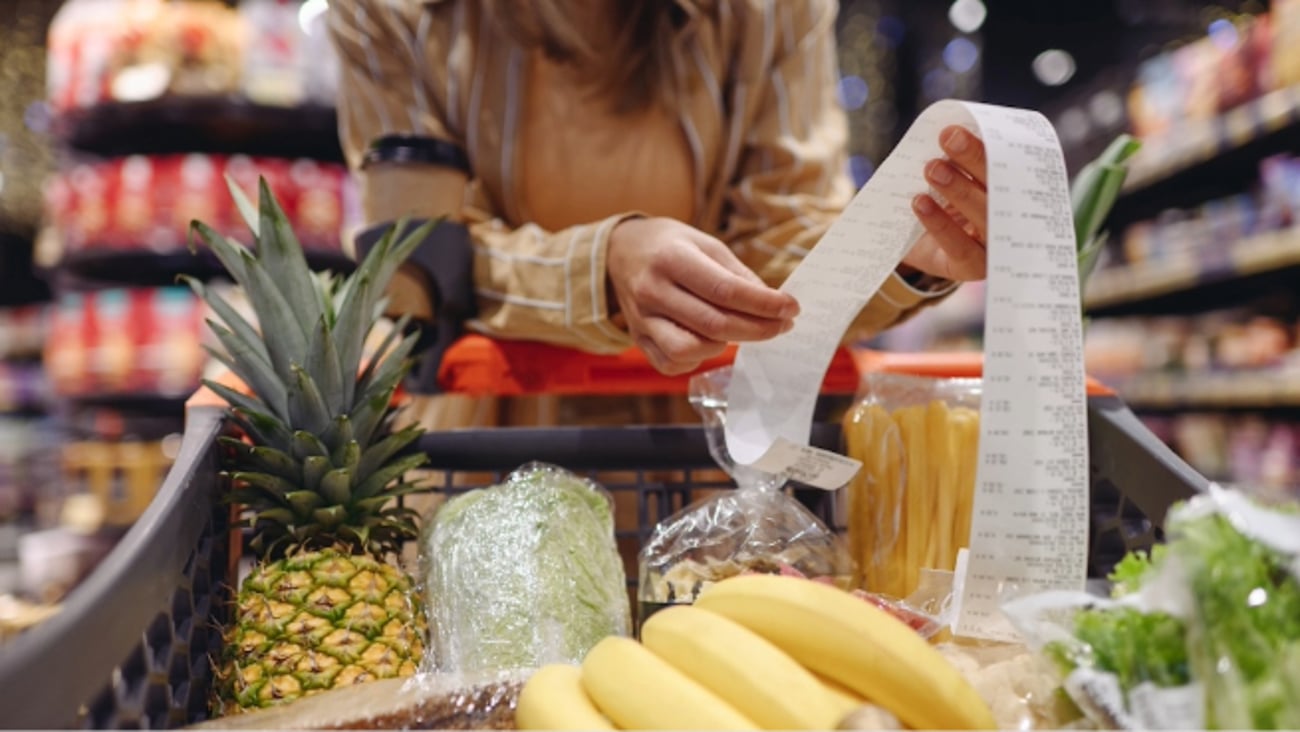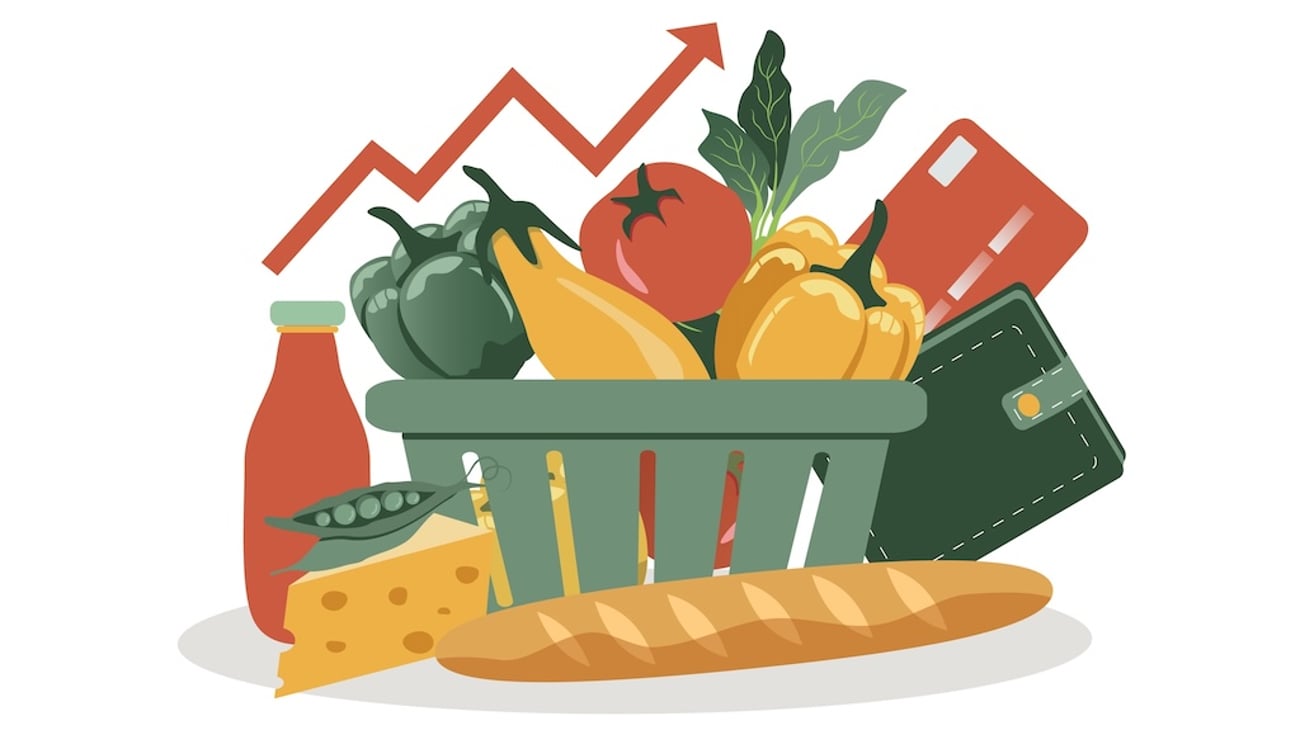The real reason Starbucks is raising coffee prices
Starbucks has a good reason to raise coffee prices
Recently, Starbucks raised the prices for most of its drinks, including their coveted Venti Lattes. (Actual changes in cost will vary depending on your store’s location.)
Many have questioned the company’s decision to raise prices, since coffee futures have dropped, and overall prices are down 42% from late last year.
The decision is clearly motivated by the desire to increase revenue; however, regardless of its motive, this hike in prices speaks to the profound transformation the food industry is about to experience at its core.
From a marketing point of view, Starbucks are not risking anything significant in changing their pricing. This is because the corporation does not really sell coffee; it sells an experience – an aura for which consumers are willing to pay a premium. This is the beauty of price elasticity.
When paying for their favourite cup of java, most consumers barely notice the difference. This is why input costs are largely irrelevant, from a branding point of view. Commodity prices do affect the ability of company to manage costs, but the correlation between input costs and retail prices is not clear.
Recent pork pricing is a good example of this; hog futures are down, and retail prices are up. In food retailing, and hospitality in particular, price is a function of perceived value, and, sometimes, of relative value. Companies will charge based on an array of several market-based variables, including brand equity and competition. Commodity prices are not the be all and end all, but they are a small piece of a much larger, complex puzzle.
Make no mistake, however: Starbuck’s price hike will raise revenues, but not necessarily profits. In fact, the increase is simply too little to help its bottom line, and shareholders know it.
While Starbuck’s stock price has been on a tear of late, it barely shifted either direction following the announcement. The financial viability of the sector, including Starbucks, may be severely compromised by social headwinds few saw coming, even a few years ago.
Starbucks’s overhead costs jumped more than 10% in the past year alone due to higher overhead costs and, of course, labour.
“McJobs” are no longer just for young students seeking extra cash. An increasing number of employees in this sector are well educated, some of them with PhD’s, or retired.
This new wave of workers have come in with new and different expectations, and many have been successful at drawing attention to their concerns.
Rallies in the U.S. in support of $15/hour wages are drawing a sympathetic audience. As an example, San Francisco recently increased its hourly wage by almost 15%, and a few weeks ago in the State of New York, a special panel recommended to raise the sector’s minimum wage to $15/hour.
In light of severe economic inequalities, and as CEOs continue to earn millions despite the economic downturn, more and more employees are calling for wage democracy. In response, some governments are opting to raise wages themselves, instead of waiting for industry to make its move.
These changes are starting to test the limits of the hospitality industry’s profit margin, and despite the brand loyalty of its consumers, even Starbucks is starting to feel the pressure.
The success of price hikes at Starbucks is supported by marketing research, and companies who are raising prices are simply shielding themselves from a social movement that is riding a tidal wave of support.
Call it socio-economic hedging if you will, but it would not be surprising to see Starbucks raise prices again in the near future; they appear to understand that raising prices too quickly may alienate its base, and that taking an incremental approach ensures long term success.
Pressure is mounting on food chains to pay employees decent wages, as well as to give them proper training. While this is the right thing to do, we will all have to accept that wage democracy comes at a cost. Food prices will rise, and that includes, inevitably and lamentably, a scrumptious Grande mocha.




